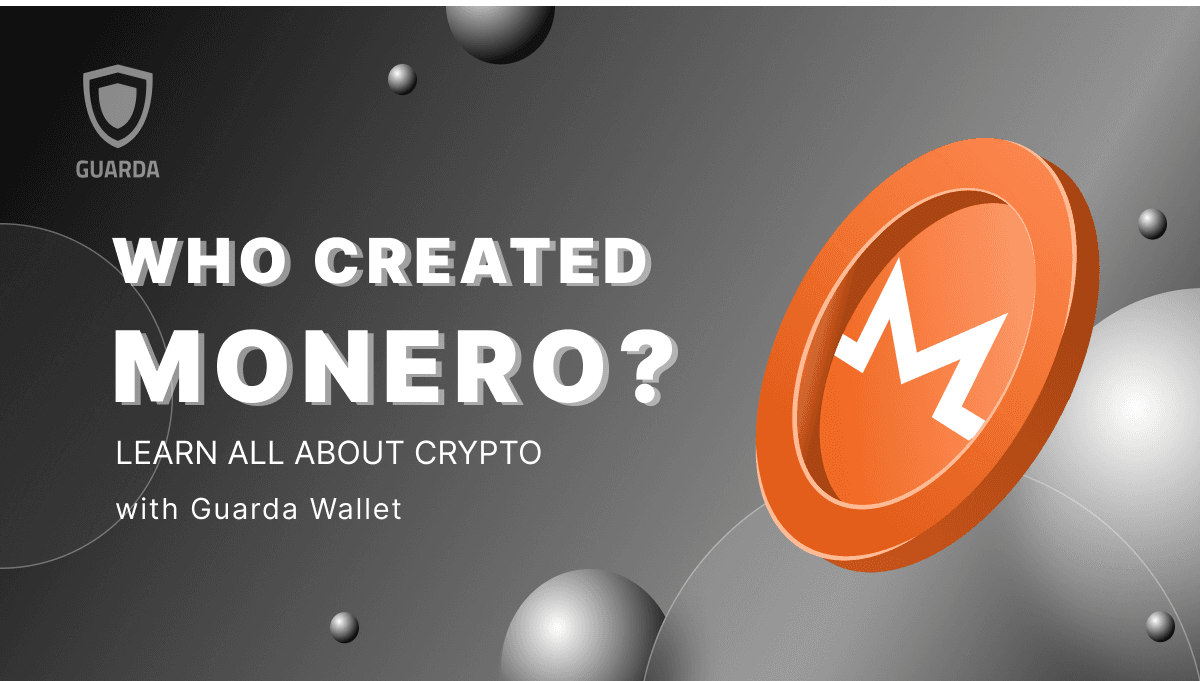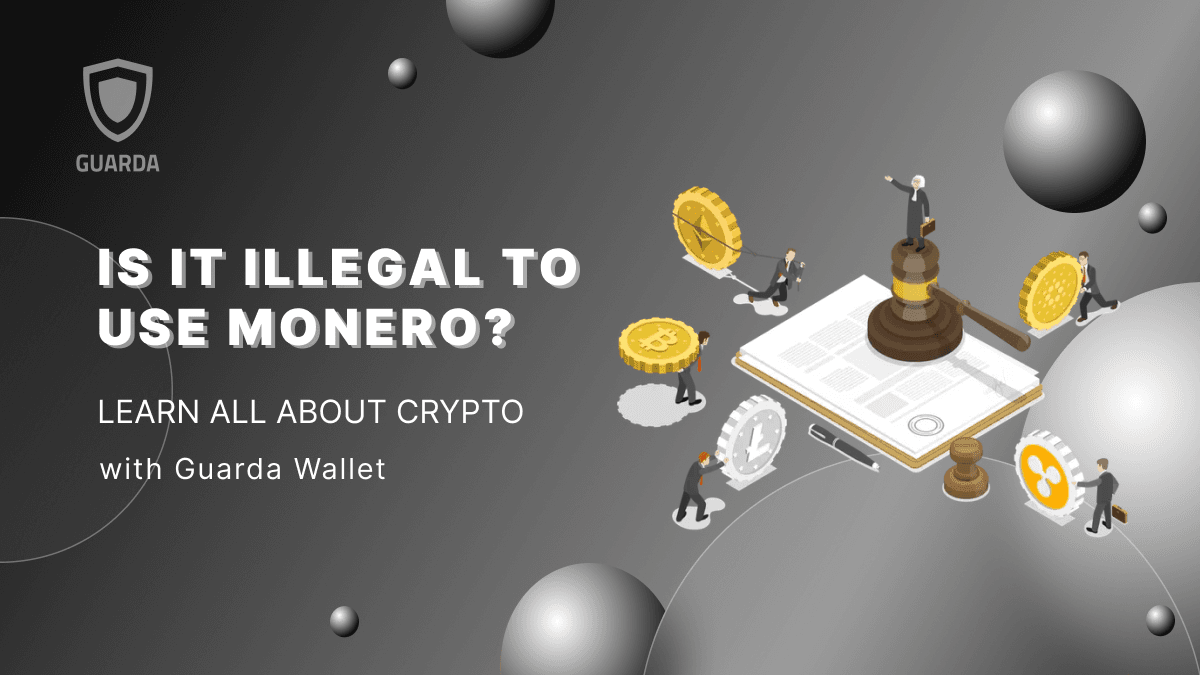Ethereum and Solana: A Brief Overview
Ethereum
Ethereum is the pioneer of smart contracts and dApps. Launched in 2015, it has consistently dominated the blockchain ecosystem with its robust developer community and unparalleled adoption. The Ethereum blockchain is home to thousands of projects, from DeFi platforms to NFTs.
The price of Ethereum has seen steady growth, driven by its utility, innovations like Ethereum 2.0, and growing institutional interest via products like the Ethereum ETF. Its significance in the crypto currency ecosystem remains unmatched.
Solana
Solana, often referred to as an “Ethereum killer,” was launched in 2020 to address Ethereum’s scalability and transaction fee challenges. Known for its high-speed transactions and low costs, Solana crypto quickly gained popularity among developers and users.
The solana price has surged as the platform’s ecosystem expands, attracting investors and projects alike. With its focus on efficiency and user-friendly experiences, Solana has positioned itself as a strong competitor to Ethereum.
Stay turned with the latest news and updates by joining us on Twitter.
— @GuardaWallet
Key Differences Between Solana and Ethereum
1. Scalability
-
Ethereum: The shift to Ethereum 2.0 has significantly improved Ethereum’s scalability, transitioning from Proof of Work to Proof of Stake. However, its transaction speeds (around 20 TPS) still lag behind Solana’s.
-
Solana: Solana’s high-performance blockchain can process up to 65,000 transactions per second (TPS), making it one of the fastest platforms in the industry. This speed is a significant advantage for dApps requiring real-time processing.
2. Transaction Costs
-
Ethereum: Ethereum’s transaction fees, or “gas fees,” have historically been high, especially during peak demand. While Ethereum 2.0 aims to reduce costs, they remain a challenge for some users.
-
Solana: Solana’s transaction fees are negligible, often costing less than a cent. This affordability has made Solana an attractive option for developers and users seeking cost-effective solutions.
3. Ecosystem and Adoption
-
Ethereum: As the first mover, Ethereum boasts the largest ecosystem of dApps, DeFi protocols, and NFTs. Projects like Uniswap, Aave, and OpenSea are synonymous with Ethereum’s dominance.
-
Solana: While smaller, Solana’s ecosystem is growing rapidly, with platforms like Serum and Magic Eden leading the way. Its focus on speed and affordability has attracted new projects and users.
4. Security
-
Ethereum: Ethereum’s long-standing presence and decentralized nature make it one of the most secure blockchains.
-
Solana: Solana’s reliance on Proof of History (PoH) enhances efficiency but has raised concerns about centralization and network stability.
Create Solana / Ethereum Wallet
Potential: Solana vs. Ethereum
When evaluating Solana and Ethereum as investments in 2025, several factors come into play:
Ethereum’s Investment Case
Ethereum’s versatility and dominance make it a cornerstone of the crypto market. Its institutional adoption is evident in the launch of Ethereum ETFs, allowing traditional investors to gain exposure to the ethereum price usd. Moreover, the Ethereum blockchain is pivotal to DeFi and NFTs, ensuring ongoing demand for ETH.
Ethereum’s challenges include competition from newer blockchains like Solana and the potential for regulatory scrutiny, as highlighted in recent ethereum news.
Solana’s Investment Case
Solana’s high-speed, low-cost model positions it as a rising star. Its adoption by projects requiring scalability and affordability, such as gaming and microtransactions, enhances its appeal. The introduction of Solana ETFs further signals confidence in the platform’s growth.
However, Solana’s centralized aspects and occasional network outages remain risks to consider. Monitoring solana news and updates is crucial for staying informed.
How to Navigate Both Ecosystems with Guarda Wallet
Whether you’re team Ethereum, team Solana, or both, Guarda Wallet is a powerful tool for managing your crypto assets:
1. Multi-Currency Support
Guarda Wallet supports both ETH and SOL, as well as their ecosystem tokens. This versatility allows users to manage assets from both blockchains in one secure platform.
2. Staking
Stake Ethereum and Solana directly through Guarda Wallet to earn passive income. The wallet simplifies the staking process, making it accessible for beginners and experienced users alike.
3. Integration with Crypto Exchanges
Guarda Wallet integrates with major crypto exchanges, enabling seamless trading of ETH, SOL, and other tokens. Easily track crypto prices and swap assets without leaving the wallet.
4. High Security
Guarda is a non-custodial wallet, meaning users retain full control of their private keys. This ensures maximum security for your Ethereum and Solana holdings.
The Role of Crypto News and Trends
Staying updated with crypto news today is essential for making informed decisions about Ethereum and Solana. Key areas to monitor include:
-
Ethereum News: Developments in Ethereum 2.0, institutional adoption, and regulatory updates.
-
Solana News: Innovations, ecosystem growth, and competitive positioning against Ethereum.
-
Crypto Prices: Tracking the price of Ethereum, solana price, and related tokens to identify investment opportunities.
The Future of Ethereum and Solana
As we approach 2025, the future of Ethereum and Solana will likely hinge on several factors:
Ethereum
Continued improvements in scalability and transaction costs through Layer-2 solutions. Expansion of institutional adoption via Ethereum ETFs and partnerships. Sustained dominance in DeFi and NFTs.
Solana
Growth in user adoption driven by low fees and fast transactions. Diversification of use cases beyond gaming and microtransactions. Increased competition with Ethereum as the go-to blockchain for developers.
Conclusion: Which Is Better in 2025?
The answer to “Solana vs. Ethereum: Which is better in 2025?” depends on your priorities as an investor or developer:
- If you value a well-established ecosystem, institutional backing, and versatility, Ethereum remains the top choice.
- If speed, affordability, and emerging opportunities appeal to you, Solana offers a compelling alternative.
Fortunately, with tools like Guarda Wallet and access to lucrative crypto exchanges, you don’t have to choose one over the other. By diversifying your portfolio and staying informed with the latest crypto news, you can capitalize on the strengths of both blockchains. Whether tracking the ethereum price usd or monitoring the solana price, the future of crypto is brighter with Ethereum and Solana at the forefront.







